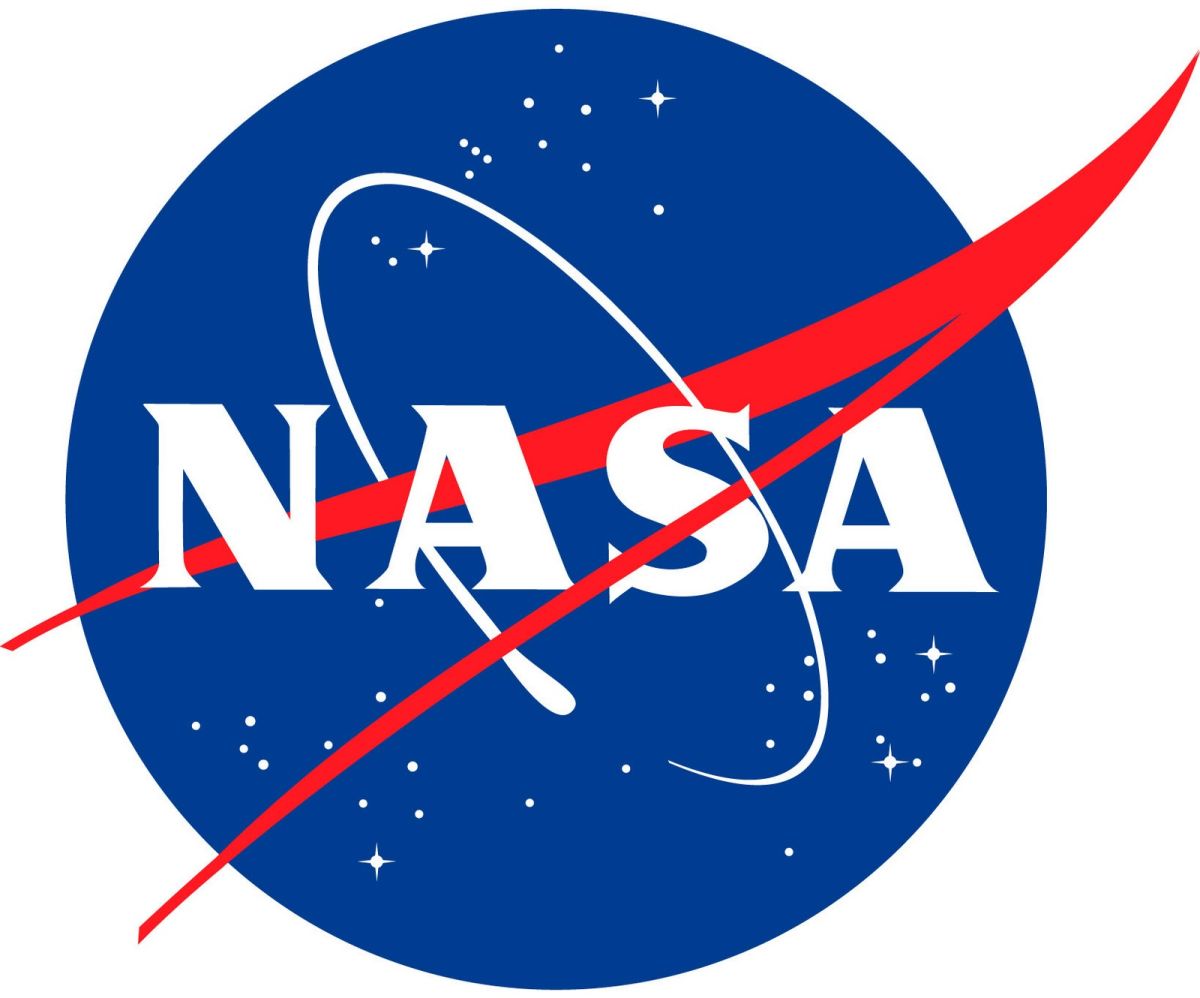NASA Examines Effects of 2017 Spending Bill on Science Programs

WASHINGTON — As members of Congress took credit for NASA funding levels in a fiscal year 2017 omnibus spending bill, the agency's science leadership is examining how those funds will affect its programs.
The omnibus spending bill cleared the Senate on a 79–18 vote May 4, a day after the House passed the bill on a 309–118 vote. President Trump is expected to sign the bill Friday, when the continuing resolution that has been funding the government expires.
That bill includes $19.653 billion for NASA, an increase of $368 million over what the agency received in 2016 and $628 million above the original request, released in February 2016 by the Obama administration.
"The numbers that you saw for NASA in the appropriations bills that just pass the House, that was me. I made sure of that personally," said Rep. John Culberson (R-Texas) May 4 at a meeting of the Space Studies Board of the National Academies here. He is chairman of the commerce, justice and science (CJS) subcommittee of the House Appropriations Committee, whose funding jurisdiction includes NASA.
That bill includes $275 million for NASA to work on both the Europa Clipper and a follow-on lander mission, projects that Culberson has taken a strong personal interest in because of the potential habitability of Europa's subsurface oceans. "We've got to go to the surface, as you know, to know if there's life in that ocean," he said.
Culberson also mentioned a provision in the report calling on NASA to include a small helicopter as a technology demonstrator on the Mars 2020 mission, provided that it does not delay the overall mission. "I had to include the helicopter because [NASA] Headquarters was resisting it," he said, noting that flying the first heavier-than-air vehicle on Mars would also excite the public.
In his remarks at the meeting, Culberson also praised his Senate counterpart, Sen. Richard Shelby (R-Ala.), who chairs the CJS subcommittee of the Senate Appropriations Committee. "Sen. Shelby has been a wonderful ally," he said. "He's been tremendously supportive of NASA and the sciences."
Get the Space.com Newsletter
Breaking space news, the latest updates on rocket launches, skywatching events and more!
Shelby was not the only senator thanked for the NASA funding levels in the omnibus spending bill. In comments on the Senate floor May 4, Sen. Chuck Schumer (D-N.Y.), the Senate minority leader, credited Sen. Bill Nelson (D-Fla.) for securing additional funding for NASA.
"NASA had actually been targeted for certain cuts by the Trump administration in their budget that would have nixed the program to send a mission to Europa, a moon of Jupiter," Schumer said. "But thanks to the advocacy of Sen. Nelson, NASA will get an overall increase of $368 million in the appropriations bill, enough to fund that mission."
Nelson, in his own statement on the Senate floor, said that the success winning funding for NASA demonstrates that the agency was nonpartisan. "The $19.65 billion appropriation for NASA, coupled with the NASA authorization bill that we already passed a month or two ago, demonstrates our firm commitment to one day putting humans on Mars and permanently expanding our civilization out into the cosmos," he said.
Impacts on science
That $19.65 billion for NASA includes $5.765 billion for NASA science programs, $164 million above the request and $175 million more than what the agency received in 2016.
"The omnibus bill that we're looking at is really a positive surprise and a very good story in an overall sense," said Thomas Zurbuchen, NASA associate administrator for science, in a May 3 presentation to the Space Studies Board. "It was a budget that went up when so many budgets had negative signs in front of them."
That increase, however, was not evenly distributed among the four divisions with NASA's Science Mission Directorate. Planetary science was the big winner, receiving nearly $1.85 billion, an increase of $215 million over 2016 and $327 million over the original request.
"It's really a wonderful increase," said Jim Green, director of the planetary science division, during a panel discussion at the Space Studies Board meeting May 3. That budget, he said, ensured that the Mars 2020 mission remained on track and continued development of Europa Clipper, while also providing sufficient funding for the smaller Discovery and New Frontiers lines of planetary missions.
A loser in the budget, though, is the astrophysics program, which received $750 million, $31 million below the request. In addition, the bill directs spending levels higher than requested for some programs, including the Wide Field Infrared Survey Telescope. That results in an effective cut of $46–47 million for the rest of the division's programs, said Paul Hertz, director of the astrophysics division.
That reduction, he said, is the equivalent of a 10 percent cut for those programs, which effectively becomes a 20 percent cut since the omnibus bill was not passed until seven months into the fiscal year, while the division was spending money at the anticipated higher 2017 levels. "We'll have to figure out where to reduce our planning for FY17 so that we can meet the appropriations," he said.
"My assessment, after looking at this, is that it's probably not possible to solve everything within the astrophysics program itself," Zurbuchen said. He said he would look at "a variety of options" to use money from elsewhere in the agency to mitigate the effect of that cut.
Zurbuchen added that he did not think astrophysics was specifically targeted for cuts in the appropriations process, even though the final amount was lower than both the original request and values in the House and Senate versions of a CJS spending bill developed last year. "I don't think that there's any intent for astrophysics to be singled out," he said. "Sometimes small changes by well-meaning people add up."
Earth science received $1.921 billion, $111 million less than requested but the same as fiscal year 2016. Michael Freilich, director of the Earth science division, said that "excellent performance" on some missions, which have come in under budget, should help mitigate the effect of that reduction. "The bottom line is that all of our missions are continuing, and can continue, on the schedule that we had laid out more than a year ago with the budget that we have now," he said.
Heliophysics is in a similar state, with the $678.5 million it received $20 million less than requested, but nearly $29 million more than what it got in 2016. That funding should allow NASA to make more space weather research awards than in 2016, but not as large an increase as originally planned, said Steven Clarke, director of the heliophysics division. "Really overall, I think in heliophysics we're okay," he said.
Planning for 2018
With the omnibus bill for fiscal year 2017 passed, attention turns to the fiscal year 2018 budget. The White House issued a "budget blueprint" document outlining its budget proposal March 16, providing NASA with $19.1 billion. More details are expected to be released later in the month.
Culberson, in his comments to the Space Studies Board May 4, cautioned not to read too much into that budget proposal. The budget blueprint offered $1.9 billion for NASA planetary science and $1.8 billion for Earth science, but called for the cancellation of four Earth science missions and blocked funding for a Europa lander.
"The appropriations bill is it," he said. "What matters is the appropriations bill."
While Culberson downplayed the importance of the budget request, he did say it could be useful. He said he worked closely with Mick Mulvaney, director of the White House Office of Management and Budget and a former congressman, to ensure the budget proposal does include the higher level for planetary science and money for Europa Clipper.
"The budget is important. It's a good starting point," he said. "If the funding is recommended in the president's budget, it makes my job a lot easier."
However, he said he would push to include funding for a Europa lander in his appropriations bill and increase overall spending levels. "Let's get to over $2 billion for planetary. It will be over $2 billion in '18," he said. "Let's get NASA well north of $20 [billion], get NASA up to about $21 [billion]."
That increased planetary funding, he said, would not come at the expense of Earth science. "I was under intense pressure to cut it and just wouldn't do it," he said of Earth science in the 2017 bill. "We need to protect the Earth sciences with all the others."
He warned, though, that the overall battle for funding among various government agencies would only get stronger in 2018, particularly given the administration's interest to increase defense spending at the expense of non-defense discretionary programs. "I'm deeply concerned about the '18 budget," he said, arguing that "badly underfunded" defense programs deserved that increase. "It's going to become an increasingly difficult and competitive environment for dollars."
This story was provided by SpaceNews, dedicated to covering all aspects of the space industry.
Join our Space Forums to keep talking space on the latest missions, night sky and more! And if you have a news tip, correction or comment, let us know at: community@space.com.

Jeff Foust is a Senior Staff Writer at SpaceNews, a space industry news magazine and website, where he writes about space policy, commercial spaceflight and other aerospace industry topics. Jeff has a Ph.D. in planetary sciences from the Massachusetts Institute of Technology and earned a bachelor's degree in geophysics and planetary science from the California Institute of Technology. You can see Jeff's latest projects by following him on Twitter.











